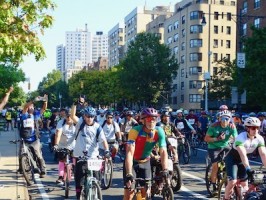* BX Advance Notices / Discounts
* Bronx Buzz Site Search
Bronx Maps BX NYC
September 2024 / Bronx Maps NYC / Bronx Neighborhoods / Bronx Buzz NYC.
This section is dedicated to the Maps section on Bronx Buzz NYC.
Page Guide
How to Make the Most of This Section
The reports in this section will eventually be - organized by neighborhood and then alphabetically.
CLICK here to view our Bronx Maps NYC section.
Bronx Neighborhoods - Bronx News NYC
Bronx Neighborhoods - Bronx NYC Related Info
Click this link for promotions, discounts and coupons in the Bronx.
Click here to go to the Bronx Arts & Culture section of this site.
Click for Central Bronx Neighborhood News.
Click for East Bronx Neighborhood News.
Click for North & West Bronx Neighborhood News.
Click for South Bronx Neighborhood News.
Click for Bronx Neighborhood News.
Site Search Tips. 1) For best results, when typing in more than one word, use quotation marks - eg "Midtown Neighborhood". 2) Also try either singular or plural words when searching for a specific item such as "gym" or "gyms".
$element(bwcore,insert_search,N)$
Click this link to the Bronx Buzz front page.
$element(adman,groupads,Sectional2 Ad)$
Click the log in link below to create an ID and post an opinion.
Or send this story to a friend by filling in the appropriate box below.
Bronx Related Links
Click Bronx Restaurants NYC.
Click Bronx Shopping NYC.
Click Things To Do Bronx.
Click Holidays in Bronx.
Click Bronx Neighborhoods NYC.
Click Bronx Arts & Culture
Click Bronx Film & Fashion
Click Bronx Music, Dance & Theater
Click Bronx Parks & Sports
Click Bronx History


















